- Stay Connected
 Abraham Lincoln
If given the truth, the people can be depended upon to meet any national crisis...
Abraham Lincoln
If given the truth, the people can be depended upon to meet any national crisis...
 Guildford news...
for Guildford people, brought to you by Guildford reporters - Guildford's own news service
Guildford news...
for Guildford people, brought to you by Guildford reporters - Guildford's own news service
Uphill All The Way – Time To Strip Off – (Newcastle to Ellington)
Published on: 12 Jun, 2014
Updated on: 12 Jun, 2014
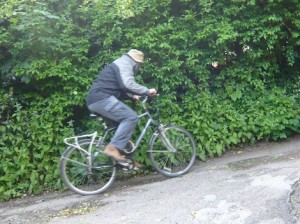 This is the fifteenth report on the author’s progress in his bid to cycle from Guildford to Edinburgh. The reports follow: Uphill All The Way – The Idea and Uphill All The Way – The Plan (Part One) and Uphill All The Way – The Plan (Part Two)
This is the fifteenth report on the author’s progress in his bid to cycle from Guildford to Edinburgh. The reports follow: Uphill All The Way – The Idea and Uphill All The Way – The Plan (Part One) and Uphill All The Way – The Plan (Part Two)
All Uphill All The Way articles can be found under the Leisure section heading on the front page, in their own sub-section called Uphill All The Way.
By Martin Giles
It is a tradition in Newcastle upon Tyne to remove your clothes.
Some fans of Newcastle United famously watch their team bare chested, even in mid winter. It seemed the least I could do to join in.
In the spirit of the ‘Toon Army’, although mainly spurred on by the sun and warm air, I decided to start with the lower half of my body and do away with my trousers.
But calm down readers. Modesty was preserved. I simply replaced my trousers with a pair of shorts. Who would have thought that my knees would get their first airing in Northumberland?
But first I must tell you a little of my final rest day of the tour here. After a morning writing up my report of the journey to Newcastle I set off into the city. Jesmond, a genteel suburb, is a little way from the city centre and I had not enjoyed negotiating my way through the major roads that separate them so I had decided to try out the metro. The Jesmond station was just a five minute walk away.
Nearly at the station I discovered Jesmond’s “best kept secret” a cafe which offers a good line in sandwiches. Perfect. I had one for my lunch before going underground.
I was heading for the Central Station stop which would be closest for my planned visit to the Life Science Centre. They were showing an exhibition called Body World Vital. It has toured the world.
It would not be something I would have gone out of my way to see but in the end I found it quite fascinating. Seeing real human bodies dissected and arranged in various poses might seem gruesome even macabre but actually it was not only fascinating but educational. It was really a practical way of showing how the different parts of our bodies fit together and work.
Amongst the blurb I saw a recommendation that the exhibition was suitable for children from eight years. I don’t actually imagine that any children would be upset by it. They would almost certainly be less aware that we were looking at real remains of real people who had donated their bodies purposefully. There were several young children present and none seem upset, some seemed fascinated, like me.
After that, there was just time to fit in three presentations. The first a day on the beach, was really aimed for children and discussed several scientific phenomena that could be observed at the beach. It was okay. The second was a presentation in the planetarium of a project aimed at getting man back on the moon.
I can tell you that the introduction was interesting and that I was looking forward to the main event. I can tell you that the reclining chairs, designed perfectly to give a good view of the hemispherical ceiling screen were very comfortable. I can also tell you that, most annoyingly, I woke up just before the end. Damn.
Despite the fact that my lunar knowledge remained limited and, as the Body Worlds exhibition had confirmed I am gradually shrinking, as we all do in older age, I was still over the minimum height limit of 1.2m for the last show of the day. It was a virtual fun fair ride. Nothing more, nothing less. Quite good as they go and fun but not too scientific.
A couple of times we appeared to be going through water and some water was sprayed over us to add to the realism. It was shame they had not done that in the planetarium. There might be no water on the moon but it might have kept me awake.
I left to walk along the waterfront of the Tyne heading for the Baltic Centre of Contemporary Art. David Rose had recommended it for the views it gives over the city.
En route, I was able to get further views of the Tyne Bridge an impressive modern building Norman Foster’s The Sage” seven buildings in one, including a concert hall, and the Millennium Bridge which I used to cross the river and reach my destination, luckily just before they closed.
I went up on the lift. David was right the views were great. He also told me of a colony of Kittywakes that used the building as a nesting site on the narrowest of ledges. I suppose if you are a bird you don’t worry about falling off but good luck to their chicks when they hatch.
Unfortunately, there was no time left to view any of the contemporary art exhibition housed in the building. Contemporary art is not my normal cup of tea but I would have been happy to give it another go.
There is no doubt that Newcastle is a vibrant, rejuvenated city. Numerous students still present as their academic year is finishing give a youthful feel and there were no more apparent signs of economic depression, that I noticed, than most other English towns and cities.
As in Guildford, there were a few beggars, I had seen some in Lincoln too although not, come to think of it, in York.
As I made my way back to the city centre for my dinner I did come across one sorry example of historical neglect. There is a beautiful Georgian church just to the east of the Newcastle end of the Tyne Bridge, but planners have allowed it to be surrounded up close by characterless office blocks. What a shame.
Betjeman described it as England’s finest example of a Georgian church. He might be right, I am no expert, but I do know that it is impossible to properly appreciate it now. It is also disused. What a terrible shame.
The next morning suitably attired, with shorts, I set off for the complicated route out of the city.
I had two reasons to regret my departure. As with Lincoln and York I felt that I had only had time to scratch the surface. There was so much I had left unseen or unexperienced.
My second regret was my route selection. To save some miles I had decided to eschew most of the National Cycle route that would have taken me to the coast and travel in a more direct line to my next destination, the former mining village of Ellington.
The problem was that it took ages to get through the suburbs of Newcastle and just when I thought I had, I found that I was in another large later 20th century development.
First, there was the traditional suburb area of High Heaton, some of which appeared Edwardian, and then into areas with less character, Killingworth and High Pit. It went on for miles.
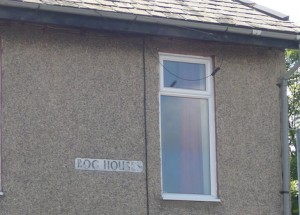 After that, just beyond the charmingly named Bog Houses suitably positioned opposite the water treatment works, there was some respite.
After that, just beyond the charmingly named Bog Houses suitably positioned opposite the water treatment works, there was some respite.
I was back in farmland and spotted my first sight of a field of oats as well as a buzzard, something I have not seen for a while. I also got my first sight of the North Sea, visual confirmation that I was now on the home stretch of my journey, going up the Northumberland coast.
I crossed the River Blyth by Bedlington and spotting what I thought would be a good place for a picnic, I went off the route to find a shop, a small convenience store, run by a sikh with an impressively large turban, bought a few supplies and returned.
The area around the bridge I had crossed had been turned into a little recreation park. There was a small car park, perhaps a mistake, a children’s play ground and some exercising apparatus. There were few signs of vandalism but numerous fires had been lit on the grass and there was some litter. It was a shame but I tried to overlook it. The river itself looked muddy and not the shallow wide clear water type I associate with the North East.

Bedlington was the scene of influential 18th century industry. Rails produced here were used throughout Britain and even in Russia.
The bank below the bridge showed some hard edged signs of an industrial past. It was the site of an early iron works and in return for cheap coal from the nearby colliery they produced malleable rails for an early horse drawn railway to transport the coal. George Stevenson was associated with the project.
It was a reminder that the initial vision for railways was for the conveyance of freight. It came as a surprise to owners that the public also wanted to use them to get from a to b. Now, that is, as we know, their main use, although I have seen more freight traffic in the North of England than we see on our local lines around Guildford. Not too surprising, of course.
I did not tarry and cycled on, joining National Cycle Route 1, that runs from Dover to the Shetlands. Then on to the Scottish sounding East Sleekburn and a good view of the estuary.
The planned route stayed inland but I decided to keep with Route 1. It would cost a few more miles pedalling but would take me to the coast itself at Cambois which according to Wikipedia was a coal mining village from 1862 to 1968 when Cambois Colliery closed. The main commercial activity in the area now is the importation of alumina, I imagine from Australia, for the manufacture of aluminium.
When I arrived I could not resist parking the bike and walking the fifty yards to the sandy beach, wetting my hands in the sea. If one could avert one’s gaze from the industrial areas it really was a lovely stretch of beach and I had it to myself, apart from one frolicking family in the distance.
I was soon back on to the planned route which now coincided with Route 1, on proper cycle ways, over the River Wansbeck, past Ashington, the home town of my boyhood footballing hero Sir Bobby Charlton.
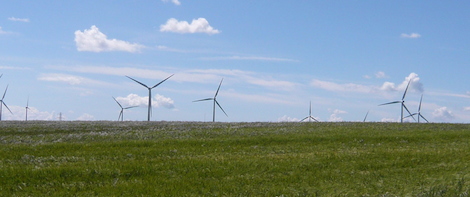
This wind farm was much in eveidence perhaps fittingly located on a site so near the pits that provided energy in earlier times.
And so on to Lynemouth where I turned left to go a mile or so into Ellington, another former mining village, and a booked room at the Plough.
I soon discovered another problem. I had left my phone charger in Newcastle. After a quick analysis it was clear that my only option was to cycle a further ten miles (round trip) to the Asda at Ashington. It was the last thing I needed. I got it done but it disrupted my writing time.
The Asda at Ashington was huge, and Ashington itself was much larger than by a romantic image of a small mining village that produced two of England’s 1966 World Cup heroes.
Anyway, up to date with my washing and now once again fully equipped I was ready for the next leg.
11.06.14 UATW computer data:
Miles cycled: 29.26 miles
Average speed: 9.5 mph
Cycling time: 3 hours 4 minutes.
Next report: I will continue on along Route 1 to Embleton a small village of just 600.



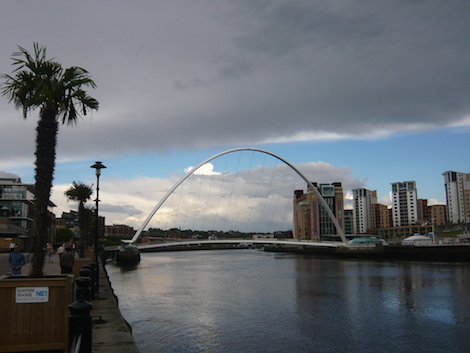
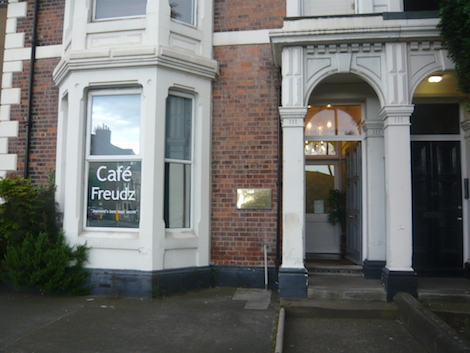
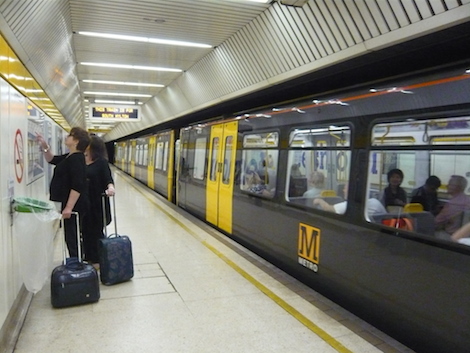
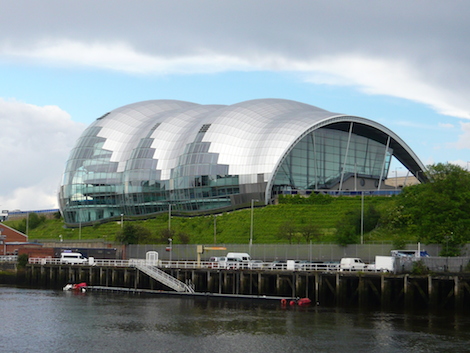


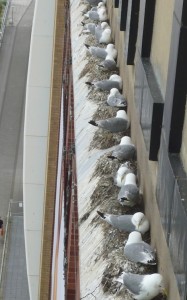
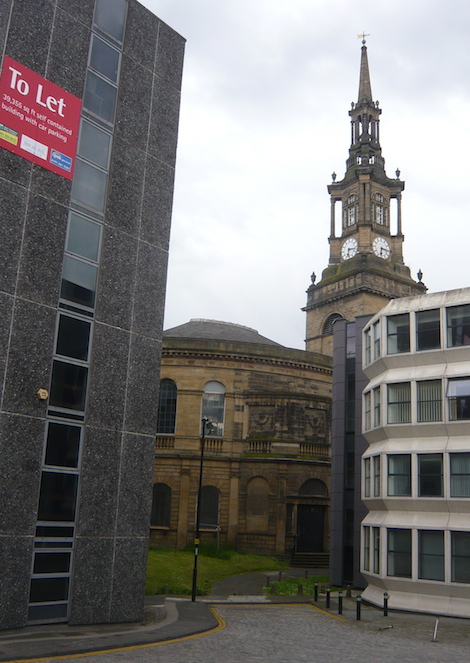
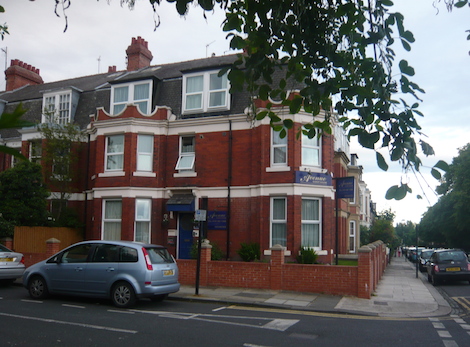
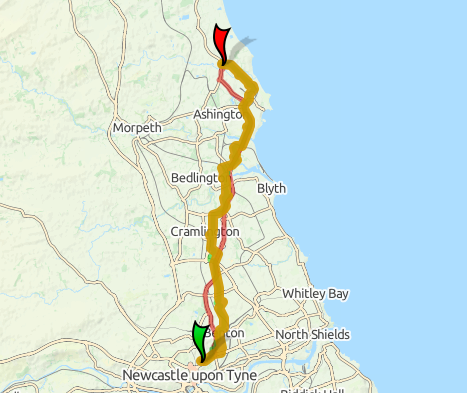
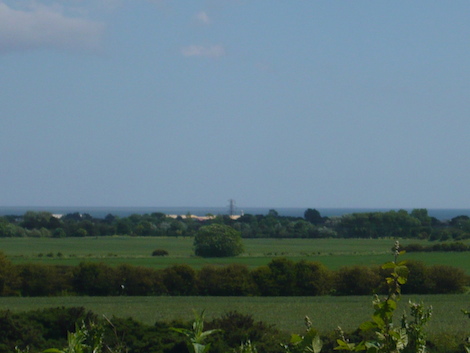
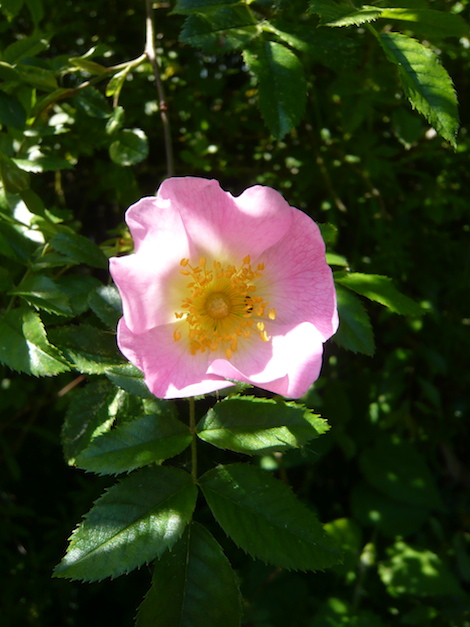

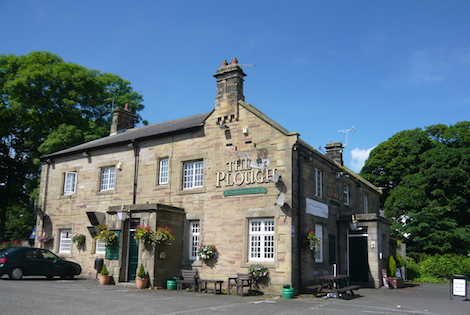









Recent Comments